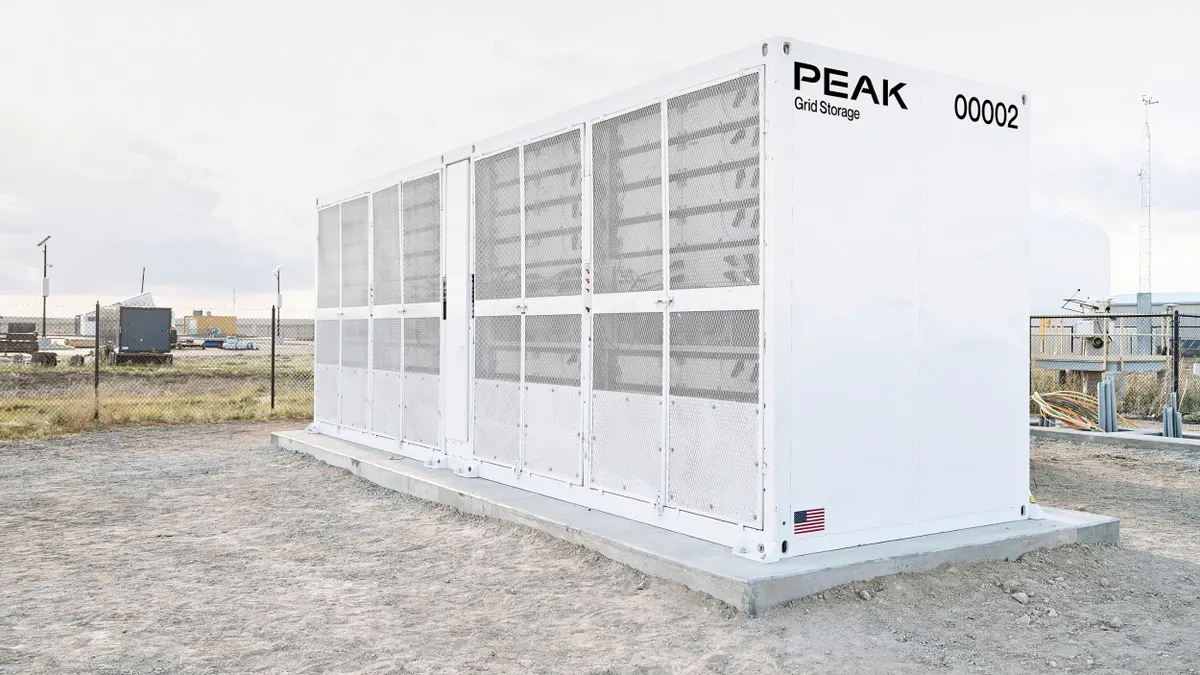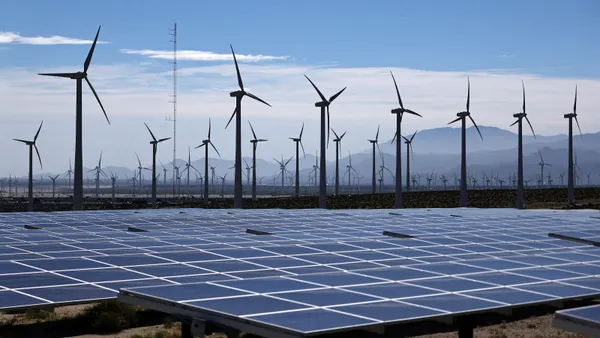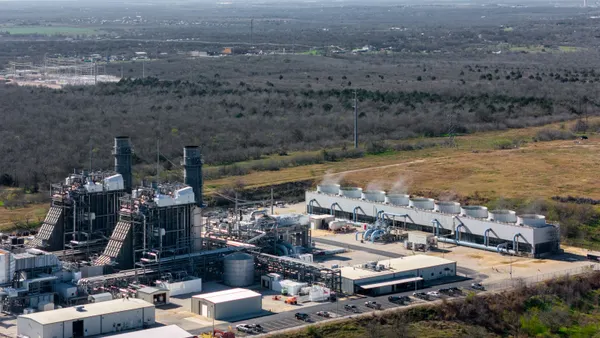Dive Brief:
- The lapse in government appropriations following the federal government shutdown this week will affect clean energy project developers and corporate tax credit buyers, according to a recent analysis from sustainable finance company Crux.
- Crux, which connects clean energy tax credit buyers and sellers, said that it expects most functions of the Internal Revenue Service to continue normally if the shutdown lasts less than two weeks. But other agencies involved in clean energy grants and permitting are expected to be immediately impacted, it said.
- “Public equity and debt markets do not appear substantially shaken by the shutdown, which may change if the shutdown lingers or triggers other significant economic harm,” Crux said.
Dive Insight:
With both political parties dug in and blaming each other for the shutdown, Crux said Wednesday that it is difficult to forecast how long it will last.
The last time the federal government shutdown was 2018-19, which lasted for 35 days and marked the longest shutdown on record.
While “essential” functions to maintain public safety, fulfill specific legal obligations or protect property will continue in the shutdown, all other activities funded through annual appropriations will be paused.
Crux said that while shutdown plans have been published for the Departments of Treasury, Interior and Energy, US Army Corps of Engineers, Federal Energy Regulatory Commission and Environmental Protection Agency, “it’s possible these become hard to implement” as agency staffing levels “are significantly lower than at the beginning of the year.”
“This makes it difficult to predict exactly how agencies will operate during this shutdown, though activities such as permitting, rulemaking, and grantmaking will likely see impacts and delays,” the company said in its analysis.
The IRS’ continued operations carries implications for calendar-year tax filers hoping to satisfy their 2024 tax liabilities through transferable credits, as well as clean energy developers who await the agency’s regulatory guidance on foreign entities of concern.
For corporate calendar-year tax filers, the extended tax filing deadline is Oct. 15, and any companies looking to use 2024 credits will need a pre-filing registration number. Crux anticipates that most companies already have received these registration numbers, and the portal awarding those registration numbers will continue operating.
As for pending guidance on FEOC provisions included in Republicans’ Congressional megabill, clean energy developers are expecting to receive instructions in “the coming weeks,” Crux said.
However, while the IRS is expected to continue to operate in a short-term shutdown, furloughed or affected staff at the Office of Management and Budget and other agencies could delay the release of the guidance.
At the Bureau of Land Management within the Department of Interior, permitting for oil, gas, transmission infrastructure and rights-of-way and new leasing for energy and minerals were included in President Trump’s January national energy emergency declaration. Also at Interior, the Bureau of Ocean Energy Management will “cease all renewable energy activities,” and “non-time sensitive offshore conventional energy activities.”
Most activities are also expected to cease at FERC, while public safety and grid reliability functions will continue.
EPA will halt all operations of new grants, permits and interagency actions during the shutdowns, and Crux said DOE offices with multi-year appropriations or appropriations with no designated year “may operate for several days or even weeks with minimal disruption, but impacts increase if the shutdown persists.”
Crux said energy-related permitting, rulemaking and grant awards at those agencies are “most at risk” during the shutdown.
Typically, federal workers are furloughed during shutdowns and given backpay once the government reopens. However, OMB Director Russ Vought has asked agencies to submit reductions in force plans during the shutdown.
Crux said agencies’ energy-related functions could be further affected if a reduction in force were to go into effect mid-shutdown.















